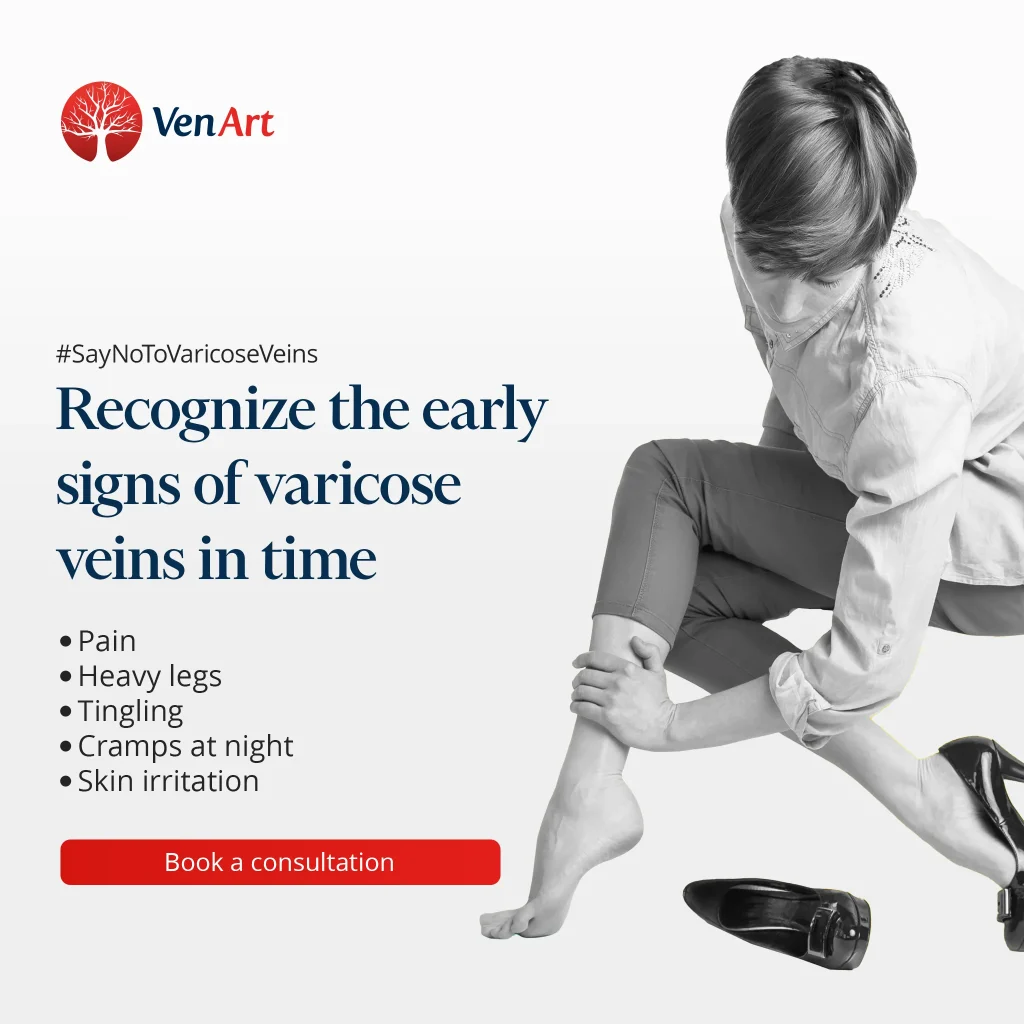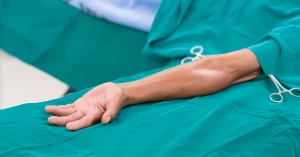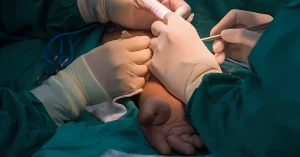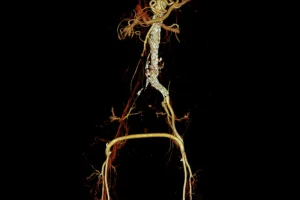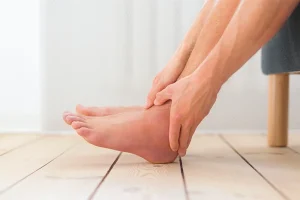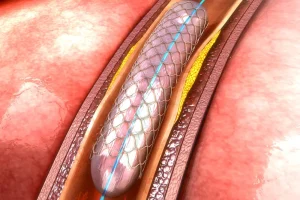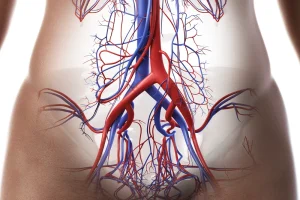Varicose veins
Choose the minimally invasive solution to treat varicose veins
- Medically checked
Home » Varicose veins
Medical Procedures
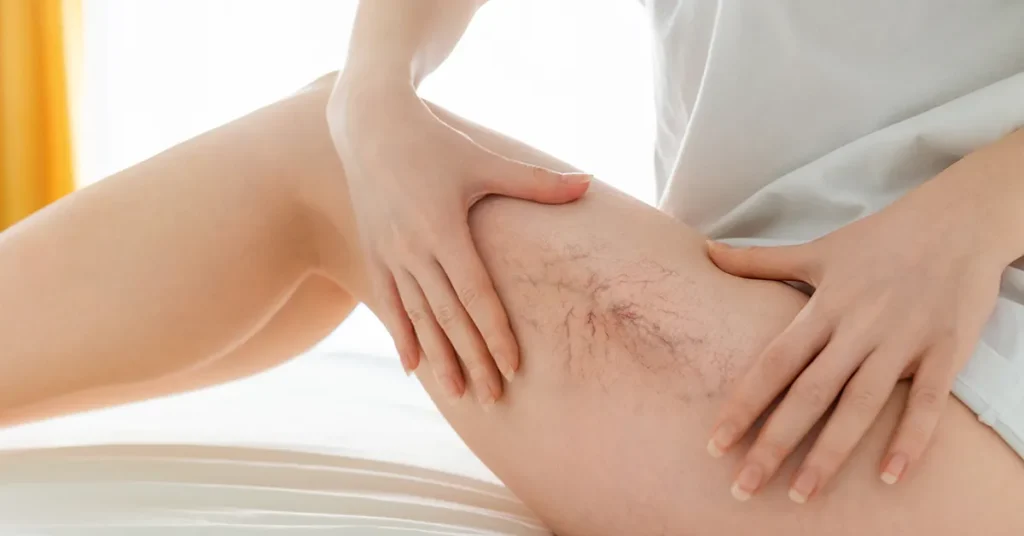
Varicose veins are a common condition of the venous system, manifested by the dilation, twisting and visibility of veins under the skin, particularly in the legs.
With the help of modern technology and a dedication to medical excellence, our doctors guarantee safe treatments tailored to each patient.
Find out how you can treat varicose veins with effective methods and regain your comfort and freedom of movement!
Book an Appointment
What are Varicose Veins?
Varicose veins occur when the valves in the veins responsible for circulating blood to the heart become weak or dysfunctional. This leads to blood pooling and dilation of the veins.
Without treatment, varicose veins can lead to complications such as chronic venous insufficiency, venous ulcers, phlebitis or thrombosis.
Symptoms of varicose veins
- Visible, prominent, twisted veins under the skin;
- Swelling in the legs;
- Feeling of heaviness or tiredness in the legs;
- Pain, cramping or tingling;
- Itching or irritation around affected veins;
- Changes in skin color or ulceration.
Modern treatment options
- Sclerotherapy: Sclerotherapy is an effective method for treating small varicose veins, which involves injecting a sclerosing solution that helps to close and resorb the affected veins, is minimally invasive and has a short recovery time;
- Radiofrequency (VNUS) treatment: A minimally invasive procedure that seals the affected veins using radiofrequency energy. Recovery is rapid and the results are excellent;
- Venosteam – Steam Treatment: An innovative treatment that uses pressurized steam to seal varicose veins, providing a quick and effective solution;
- Laser Ablation (The Modern Solution For Varicose Veins): This procedure uses a laser beam to close the affected veins. It is painless and provides long-term results.
Causes and risk factors
- Genetic predisposition: If you have relatives with varicose veins in your family, your chances of developing the condition are higher.
- Age: Vein elasticity decreases with advancing age.
- Prolonged standing or sitting: These long-term positions affect blood circulation.
- Pregnancy: Increased pressure on veins due to hormonal changes and weight.
- Obesity: Excess weight puts extra pressure on veins.
- Lack of physical activity: Lack of exercise slows blood circulation.
Why is it important to treat varicose veins?
Varicose veins aren’t just an aesthetic problem; they can have a significant impact on the overall health of your legs. Untreated varicose veins can lead to complications that affect your quality of life. Among the reasons why it’s important to treat varicose veins:
- Prevent serious complications: Varicose veins can lead to venous ulcers, thrombophlebitis or spontaneous bleeding;
- Reducing pain and discomfort: Pain, heaviness and muscle cramps can become overwhelming if not managed;
- Improved quality of life: Modern treatments eliminate both physical discomfort and aesthetic problems, giving you more confidence in your own body.
With the state-of-the-art medical solutions available today, there’s no need to live with these discomforts. Schedule a consultation at the VenArt Clinic and discover which modern options best suit your needs!
The benefits of minimally invasive
- Quick recovery and minimal or no pain;
- Excellent aesthetic results;
- Reduced risk of complications;
- Safe procedures;
- Modern technologies for increased comfort;
- Short length of hospitalization.
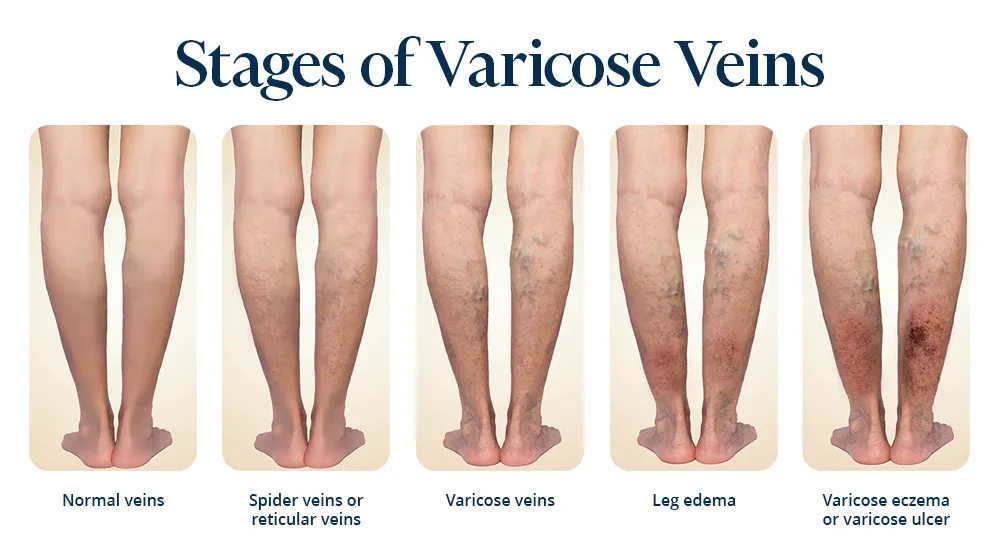
Diagnosis and medical consultation
For effective treatment, accurate diagnosis is essential. At VenArt Clinic, we use advanced diagnostic technologies:
- Doppler ultrasound: Identifies blood flow and valve status;
- Personalized medical consultation: We analyze each case in detail to recommend the optimal treatment.
Complications that can arise from varicose veins
Varicose veins can cause more than aesthetic or physical discomfort. Left untreated, they can lead to serious complications:
- Superficial thrombophlebitis: Inflammation of superficial veins associated with clot formation can cause pain and local tenderness;
- Ankle hyperpigmentation: Developed due to blood stagnation, this skin discoloration is a sign of chronic venous insufficiency;
- Lipodermatosclerosis: Thickening of the skin and subcutaneous tissue due to chronic inflammation can lead to stiffness and discomfort;
- Atrophy blanche: White spots appear on the skin associated with vein fragility and chronic inflammation;
- Venous ulcer: These open sores usually occur in the ankle area and are difficult to heal without medical treatment;
- Superficial bleeding: Varicose veins can bleed easily if the skin above them is scratched or injured;
- Varicose dermatitis: Itching and rashes frequently occur around varicose veins, affecting the patient’s quality of life;
- Deep vein thrombosis: Although less common, this serious complication involves clot formation in deep veins and requires immediate medical intervention.
With early diagnosis and appropriate treatment of varicose veins, these complications can be prevented. Consultation with a specialist is essential to find the right solutions for your needs.
Preventing varicose veins
- Adopt an active lifestyle with regular exercise.
- Avoid prolonged sitting in the same position.
- Maintain a healthy weight.
- Elevate your legs to improve circulation.
- Wear compression stockings if recommended by your doctor.
Your choice for leg health
Varicose veins don’t have to affect your daily life. At VenArt Clinic, we combine the expertise of our medical team with the latest technology to provide you with effective and personalized solutions. Schedule your appointment now and take the first step towards the health and beauty of your legs!
Medical Team
Frequently Asked Questions
What are varicose veins?
Varicose veins are dilated and twisted veins that usually occur in the legs. They are caused by a malfunction of the venous valves, which leads to a build-up of blood in the veins.
What causes varicose veins?
Yes, the risk of varicose veins can be reduced by:
- Avoiding prolonged standing or sitting;
- Raising your legs periodically to improve circulation;
- Wearing compression stockings if advised by your doctor;
- Maintaining a healthy body weight;
- Regular exercise such as walking or swimming.
Can varicose veins be prevented?
The main causes include:
- Genetic inheritance;
- Prolonged standing or sitting;
- Pregnancy;
- Overweight;
- Lack of physical activity;
- Old age.
What are the symptoms of varicose veins?
Common symptoms include:
- Visible, prominent, twisted veins;
- Pain or heaviness in the legs;
- Swelling in ankles and legs;
- Itching or burning sensation in the affected area;
- Night cramps;
- In advanced cases, venous ulcers or skin changes.
Who is prone to varicose veins?
More predisposed are:
- People with a family history of varicose veins;
- Women, due to hormonal changes;
- People who stand or sit for long periods of time;
- People who are overweight or obese;
- Pregnant women.
Can the risk of varicose veins be reduced?
Yes, the risk of varicose veins can be reduced by:
- Avoiding prolonged standing or sitting;
- Raising your legs periodically to improve circulation;
- Wearing compression stockings if advised by your doctor;
- Maintain a healthy body weight;
- Regular exercise such as walking or swimming.
Can I have varicose vein surgery if I have had a varicose ulcer?
Yes, but the case should be assessed by a medical specialist. Complete healing of the ulcer and a personalized treatment plan is recommended, which may include minimally invasive methods (laser, radiofrequency) or classical surgery, depending on the condition of the veins and medical history.
Do varicose veins disappear by themselves?
No, varicose veins do not disappear without treatment. However, symptoms can be managed by lifestyle changes and wearing compression stockings.
Can I continue to do sport if I have varicose veins?
Yes, exercise is actually recommended to improve blood circulation. Activities such as walking, swimming or cycling are beneficial. Avoid exercises involving heavy weights or excessive pressure on the legs.

